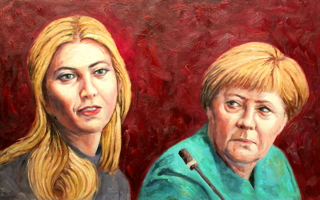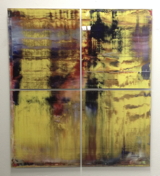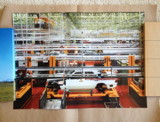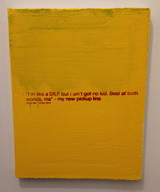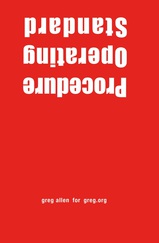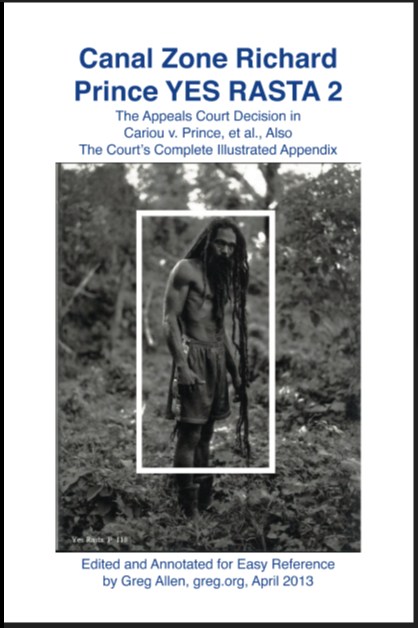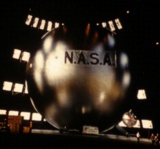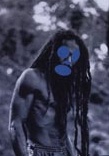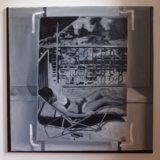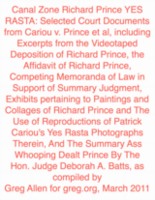

The Memorial will reconstitute the space made sacred, the actual and accurate paths taken by the 3,016 individuals killed on September 11, 2001 and February 26,1993. In Concept, it comprises three major elements: Paths, Portraits, and Destinations.
The Memorial's Form will be determined by mapping each individual's information--compiled from authoritative data sources, gleaned from family and survivor recollection--onto the plan and elevation schema of the original World Trade Center site. This Form will be transposed and integrated into all current and future uses of the site.
Portraits of the individuals killed at the Pentagon and in Pennsylvania will be integrated into the Memorial.


Paths
Normal lives were interrupted by terrorist attacks. The Paths of those whose lives were tragically cut short are made sacred here, reconstituted to enable others to retrace their steps. Individuals approached the WTC that morning by foot, train, taxi, bus, emergency vehicle and airplane. Nearly all, save the last group, entered and traversed the original Plaza or Concourse levels, planes which presently exist only as coordinates in three dimensions on the Site.
Paths will permeate the entire Site. But rather than dictating the flow and program of future developments, the Paths will become one element of future designs. Their form will adapt to take into account intersections and interventions, and variations in elevation and condition introduced to the Site.

Paths will culminate in two cathedral-like spaces, reconstituted Lobby/Mezzanines of the Twin Towers.
Portraits
Portraits of each individual, comprising text of biographical information (contributed by the families) will be threaded along the Paths, interweaving with others who shared the same Path.
As they progress, family and friends encounter these text markers of their loved ones and are comforted by the web of community that surrounds them. Other visitors, meanwhile, come to understand the individual lives lost--and find people very much like themselves.
The Portraits will be designed to enable a visitor to readily trace a single individual's biography along the Path, and to put individuals in context: with others who were lost and with those who remain.
Destinations
The Destination of each individual's Path provides a key to understanding both their lives and the terrible events that precipitated their deaths. As integral elements of the Memorial, they will also serve as Destinations for remembrance and communion.
In their daily routine, most people went to the elevators, sharing space in the technology which made the Towers possible, technology which enables us to leave the ground for the sky. Rescue workers, though, headed for the stairs, not the elevators--a powerful reminder of their reason for coming to the Site.
The Memorial will reconstitute the distinctive entry spaces of the Twin Towers: the Elevators, Lobby/Mezzanines, and Stairwells. These spaces made sacred surround two Elevator Cores, and exist at a level slightly above the top of the slurry wall. The Cores extend to the bottom of the designated Memorial Site and make a formalistic allusion to the original Twin Towers.
Atop each Core is a contemplative chamber, open to an unobstructed view of the sky. These peaceful spaces, designed with a sensitivity to experience and light, will instill reverence, and facilitate thoughtful--even prayerful--reflection. Portraits of the airline passengers and crew will be located atop these Cores, close to the heavens, but not directly demarcating the tragic paths they took.
Some chambers will be designated private space for families and survivors. Space for the interment of unidentified remains and for use by the families of those whose remains have not been identified will be located in the Garden-level bases of the Cores.

